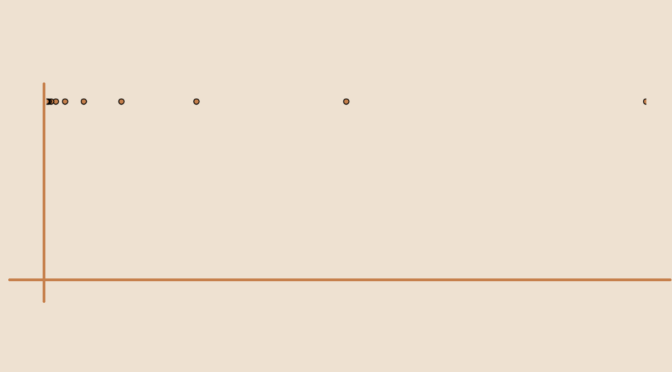For a Banach space \(X\), a function \(f : [a,b] \to X\) is said to be regulated if there exists a sequence of step functions \(\varphi_n : [a,b] \to X\) converging uniformly to \(f\).
One can prove that a regulated function \(f : [a,b] \to X\) is Riemann-integrable. Is the converse true? The answer is negative and we provide below an example of a Riemann-integrable real function that is not regulated. Let’s first prove following theorem.
THEOREM A bounded function \(f : [a,b] \to \mathbb R\) that is (Riemann) integrable on all intervals \([c, b]\) with \(a < c < b\) is integrable on \([a,b]\).
PROOF Take \(M > 0\) such that for all \(x \in [a,b]\) we have \(\vert f(x) \vert < M\). For \(\epsilon > 0\), denote \(c = \inf(a + \frac{\epsilon}{4M},b + \frac{b-a}{2})\). As \(f\) is supposed to be integrable on \([c,b]\), one can find a partition \(P\): \(c=x_1 < x_2 < \dots < x_n =b\) such that \(0 \le U(f,P) - L(f,P) < \frac{\epsilon}{2}\) where \(L(f,P),U(f,P)\) are the lower and upper Darboux sums. For the partition \(P^\prime\): \(a= x_0 < c=x_1 < x_2 < \dots < x_n =b\), we have \[ \begin{aligned} 0 \le U(f,P^\prime) - L(f,P^\prime) &\le 2M(c-a) + \left(U(f,P) - L(f,P)\right)\\ &< 2M \frac{\epsilon}{4M} + \frac{\epsilon}{2} = \epsilon \end{aligned}\] We now prove that the function \(f : [0,1] \to [0,1]\) defined by \[ f(x)=\begin{cases} 1 &\text{ if } x \in \{2^{-k} \ ; \ k \in \mathbb N\}\\ 0 &\text{otherwise} \end{cases}\] is Riemann-integrable (that follows from above theorem) and not regulated. Let's prove it. If \(f\) was regulated, there would exist a step function \(g\) such that \(\vert f(x)-g(x) \vert < \frac{1}{3}\) for all \(x \in [0,1]\). If \(0=x_0 < x_1 < \dots < x_n=1\) is a partition associated to \(g\) and \(c_1\) the value of \(g\) on the interval \((0,x_1)\), we must have \(\vert 1-c_1 \vert < \frac{1}{3}\) as \(f\) takes (an infinite number of times) the value \(1\) on \((0,x_1)\). But \(f\) also takes (an infinite number of times) the value \(0\) on \((0,x_1)\). Hence we must have \(\vert c_1 \vert < \frac{1}{3}\). We get a contradiction as those two inequalities are not compatible.

